The 1970s and 1980s were indeed a golden era for confectionery in the UK, a time when a visit to the sweet shop was nothing short of an adventure. Amidst a treasure trove of confections, there existed a chewy marvel known as the Texan bar. Its unique taste and texture made it a staple for sweet lovers, embedding itself in the delightful childhood memories of many. As we travel back in time, the story of Texan bars unfolds, revealing a sweet narrative that is as chewy and rich as the bar itself.
The Birth of a Chewy Legend
Launched in 1973 by Rowntree Mackintosh, the Texan bar was more than just a sweet treat; it was an embodiment of a rugged, adventurous American cowboy spirit, right here in the UK. The American-inspired ethos wasn't just a marketing gimmick; it was a persona that resonated across the packaging, the adverts, and even the taste. The Texan bar was a harmonious fusion of chewy nougat and toffee, all generously enveloped in a layer of smooth chocolate. This was a bar that promised a hearty chew, a sweet delight that could stand the test of long, adventurous journeys, much like the cowboys of the old American West.
The Mighty Chew
The Texan bar was notably unique for its chewy texture, a characteristic that was boldly proclaimed in its catchy slogan: “The Mighty Chew.” This wasn't just a mere statement; it was a challenge, a call to adventure for every sweet lover. With every bite, the Texan bar offered a prolonged sweet experience, a chewy journey that was both satisfying and delightful. The slogan was not just a clever marketing phrase; it was an accurate description of what awaited inside the iconic gold wrapper. This ‘mighty chew’ set the Texan bar apart from its contemporaries, offering a unique sweet experience that was, at the same time, nostalgic and novel.
The Iconic Gold Wrapper
The appearance of the Texan bar was as bold as its taste. Enwrapped in a distinctive gold-coloured wrapper, the bar boasted a title font bearing the stars and stripes of the US flag, often nicknamed the "star-spangled banner". It wasn't just a chocolate bar; it was a miniature embodiment of the American frontier spirit, set against the backdrop of quaint English sweet shops. As it lay amongst a variety of other confections, the Texan bar's unique wrapper made it a captivating sight, often igniting the adventurous spirit in many a child and adult alike.
Hitting the Sweet Spot in Pop Culture
Beyond the sweet shops, the Texan bar found its way into the living rooms through playful and imaginative TV adverts. Reflecting the pop culture of the era, these adverts often featured whimsical scenarios where the ‘mighty chew’ of the Texan bar played a pivotal role. The cowboy mascot, boldly facing adversities with a Texan bar in hand, became a familiar and amusing sight. Through these adverts, the Texan bar did not just sell a product; it sold a narrative, a slice of adventure that was eagerly awaited during commercial breaks. The bar became more than a sweet treat; it was a pop culture icon, often mentioned in the same breath as the memorable TV shows and catchy tunes of the time.
Racial Stereotypes in Advertising
The advertising world of the 1970s and 1980s was far from perfect. The Texan bar adverts, with their playful cowboy narratives, were not exempt from the racial stereotypes prevalent in media during that era. Native Americans and Mexican bandits were often depicted in a demeaning light, mirroring the often harmful misrepresentations seen in Hollywood films and cartoons of the time. These stereotypical portrayals, though seen as acceptable then, are a stark reminder of the less inclusive past. However, despite the outdated and offensive adverts, the Texan bar remains remembered for its distinctive taste and texture, a sweet relic cherished from a bygone era.
A Sweet Departure
As with many good things, the era of the Texan bar came to an end. In 1984, the Texan bar bid farewell to the sweet shops, leaving behind a legacy of chewy delights and cowboy adventures. Though its departure was lamented by many, the Texan bar made a brief comeback in 2005 as a "nostalgia" edition, rekindling sweet memories for a short while. The "Blast from the past" graphic on the wrapper during its re-launch was a sweet reminder of the bar’s glorious past, a fleeting chance to relive the chewy adventure once more.
The Legacy of Texan Bars
The Texan bar holds a special place in the hearts of those lucky enough to have tasted its unique blend of nougat, toffee, and chocolate. It was more than just a confection; it was a moment of adventure, a snippet of a broader cultural narrative. Today, it stands as one of the most lamented chocolate bars of the 20th century, with a legacy that transcends generations. The Texan bar continues to live on in nostalgic articles, discussions, and sweet memories, a cherished chapter in the UK’s confectionery saga.
No Longer on the Shelves but Never Forgotten
The tale of the Texan bar is not just a story of a chocolate bar; it's a narrative rich with cultural, social, and historical textures. It's a sweet reminiscence of a time gone by, a nostalgic journey back to the sweet shops of yore. While it may no longer grace the shelves, the Texan bar remains a beloved memory, an indelible part of the UK's confectionery heritage.
Other Bygone Sweet Delights
- Spangles: A classic sweet that once dazzled the UK's candy landscape with its assortment of flavours.
- Treets: The precursor to M&Ms, a sweet memory wrapped in colourful coatings.
- Aztec Bar: A rich concoction of caramel and nougat, a sweet relic of the past.
- Fry’s Five Centres: An adventurous taste journey with five delightful centres, each a unique flavour voyage.
- Opal Fruits: The original Starburst, a fruity delight that once sweetened the British taste buds.
The Texan bar was a part of a rich tapestry of confections that painted the sweet scene in the UK. Each of these bygone sweets holds a unique story, a distinctive taste, and a shared space in the sweet memories of many. The UK's confectionery scene may have evolved over the years, but the sweet nostalgia of these treats continues to linger, much like the enduring legacy of the Texan bar.



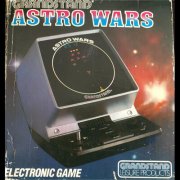
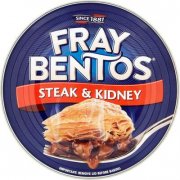





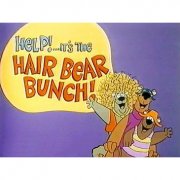

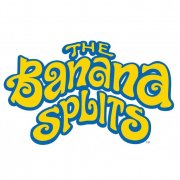

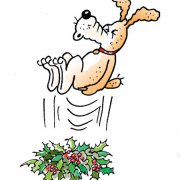


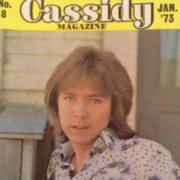
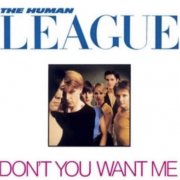

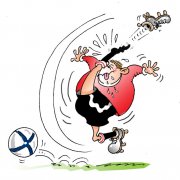


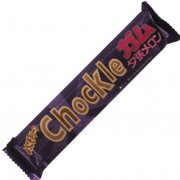
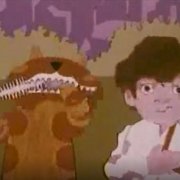
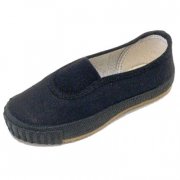

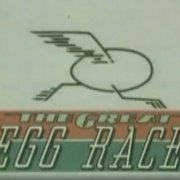







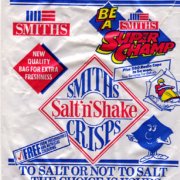



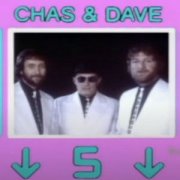


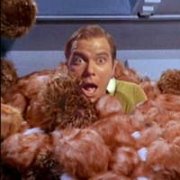


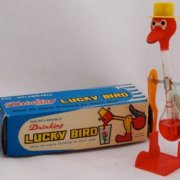

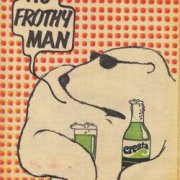

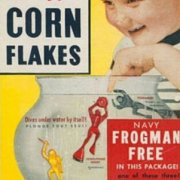



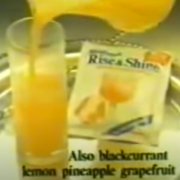

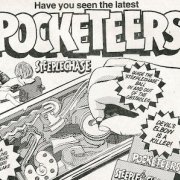
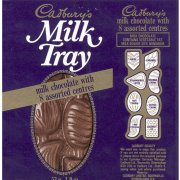





Enter the code in the box below: